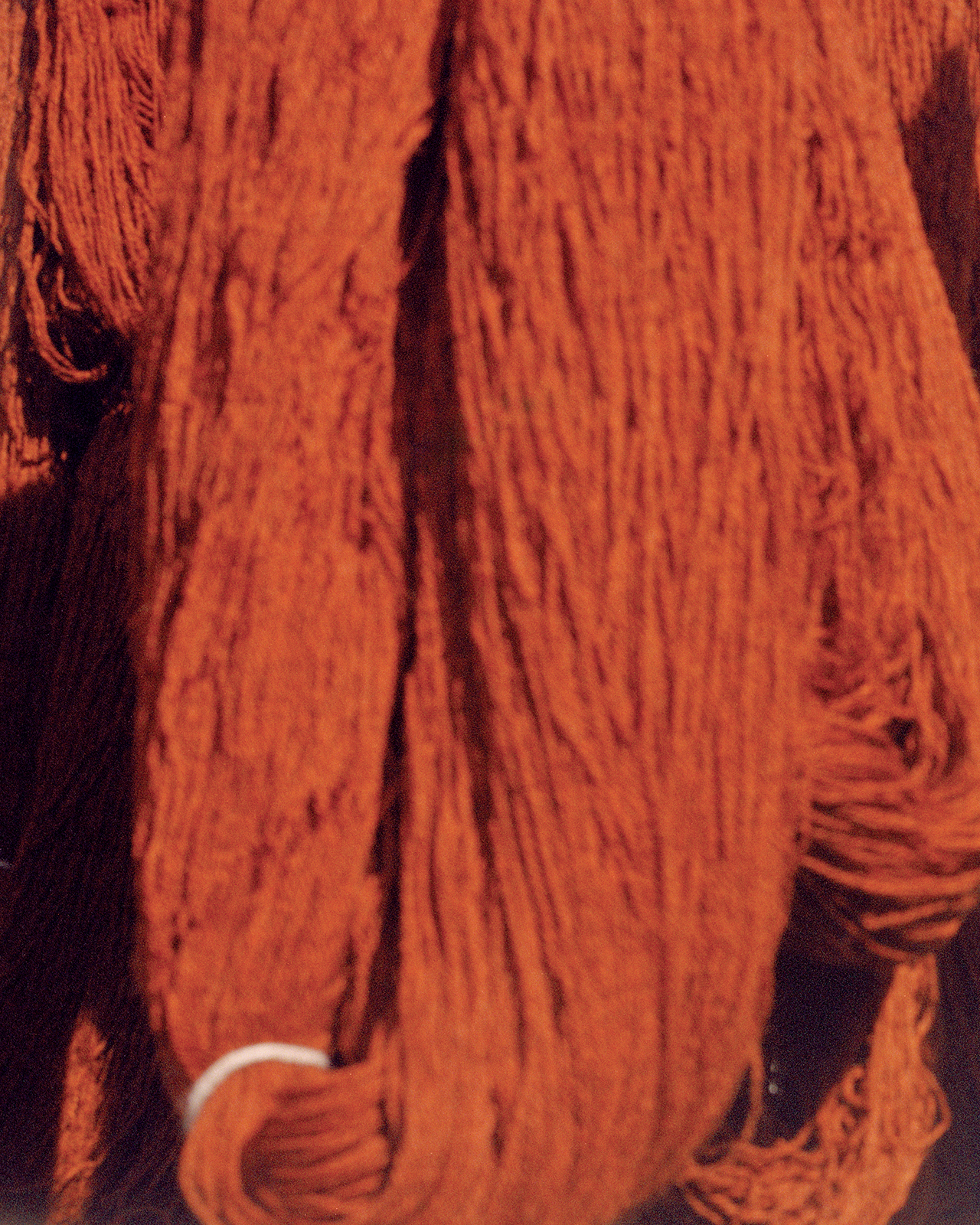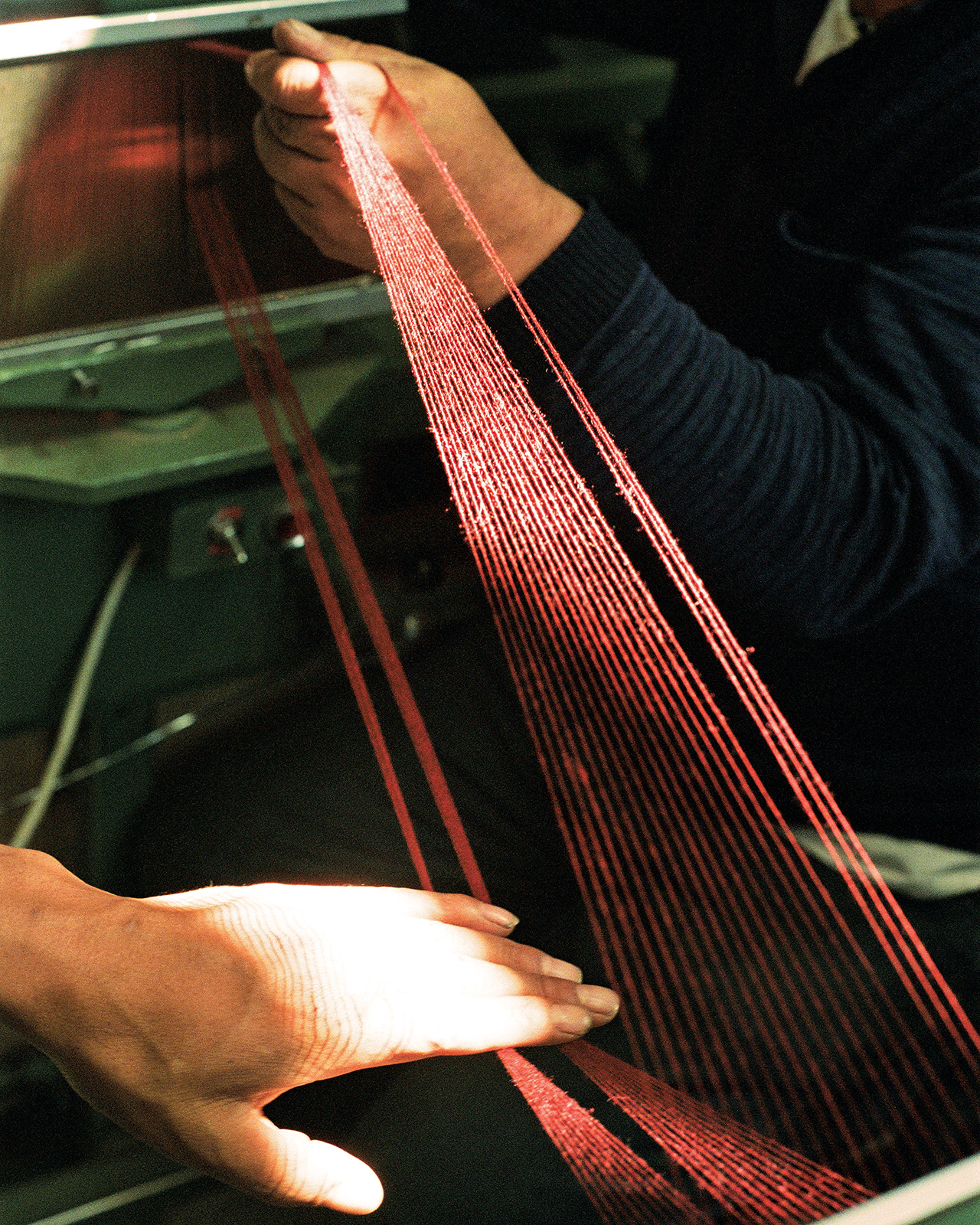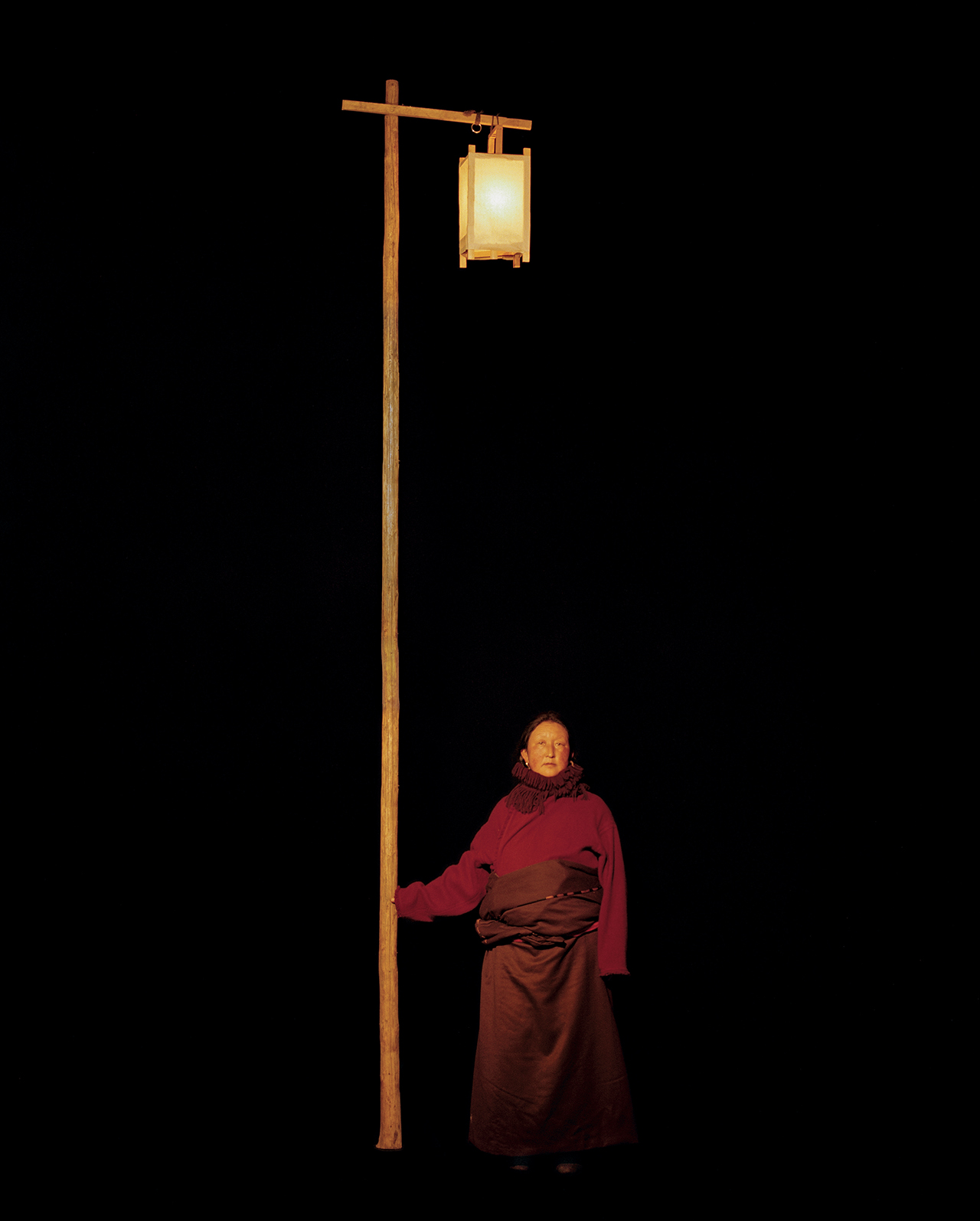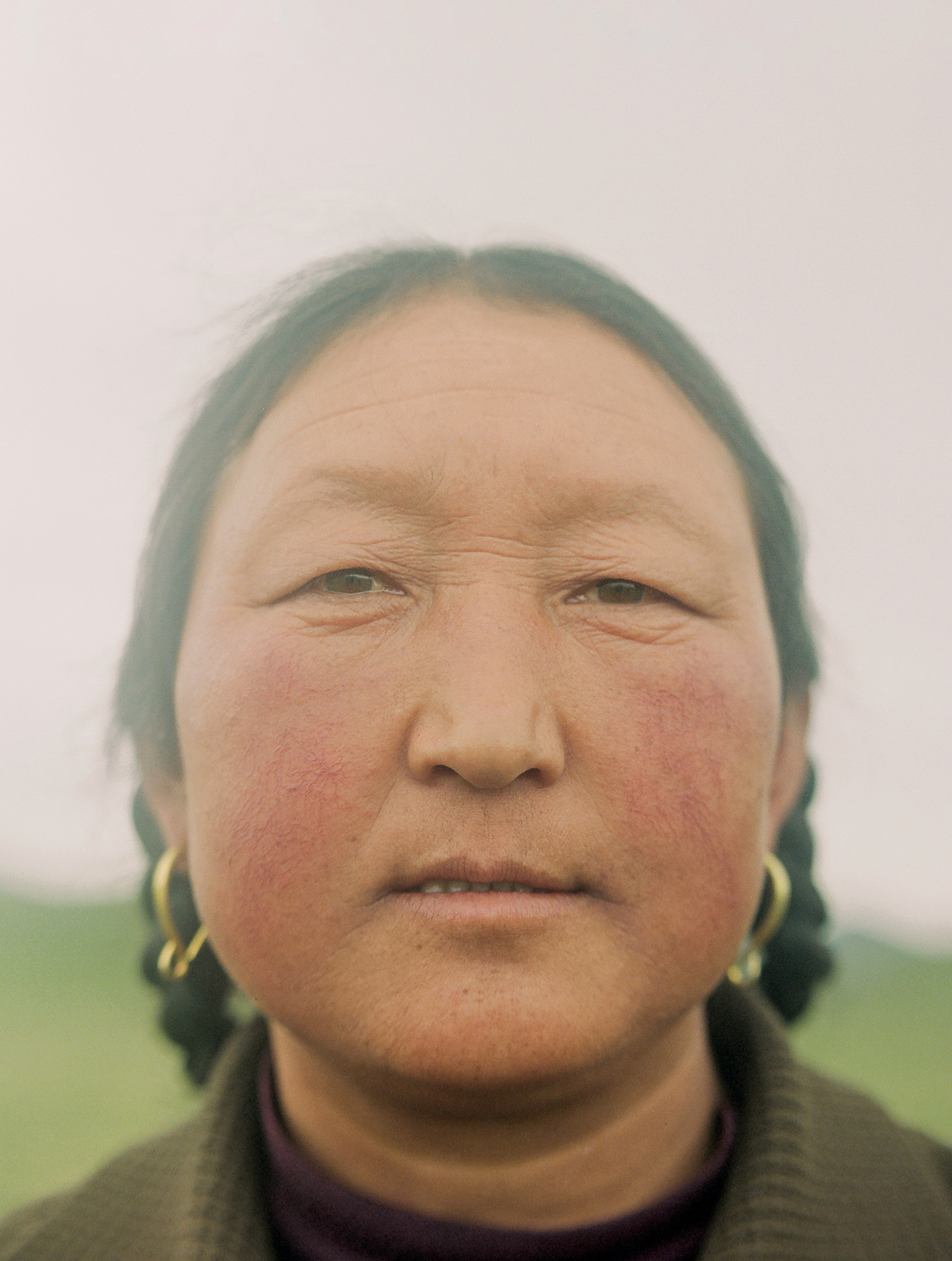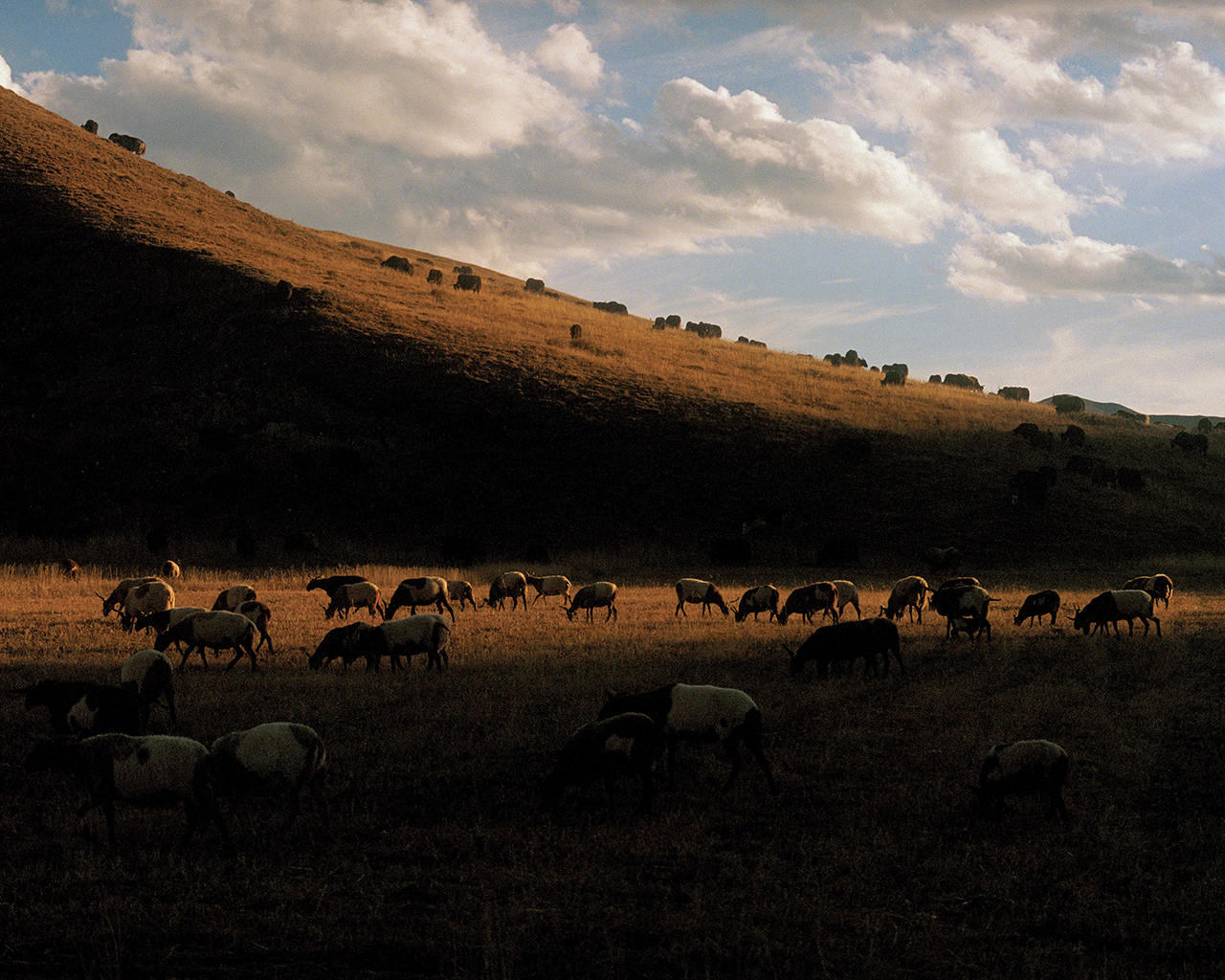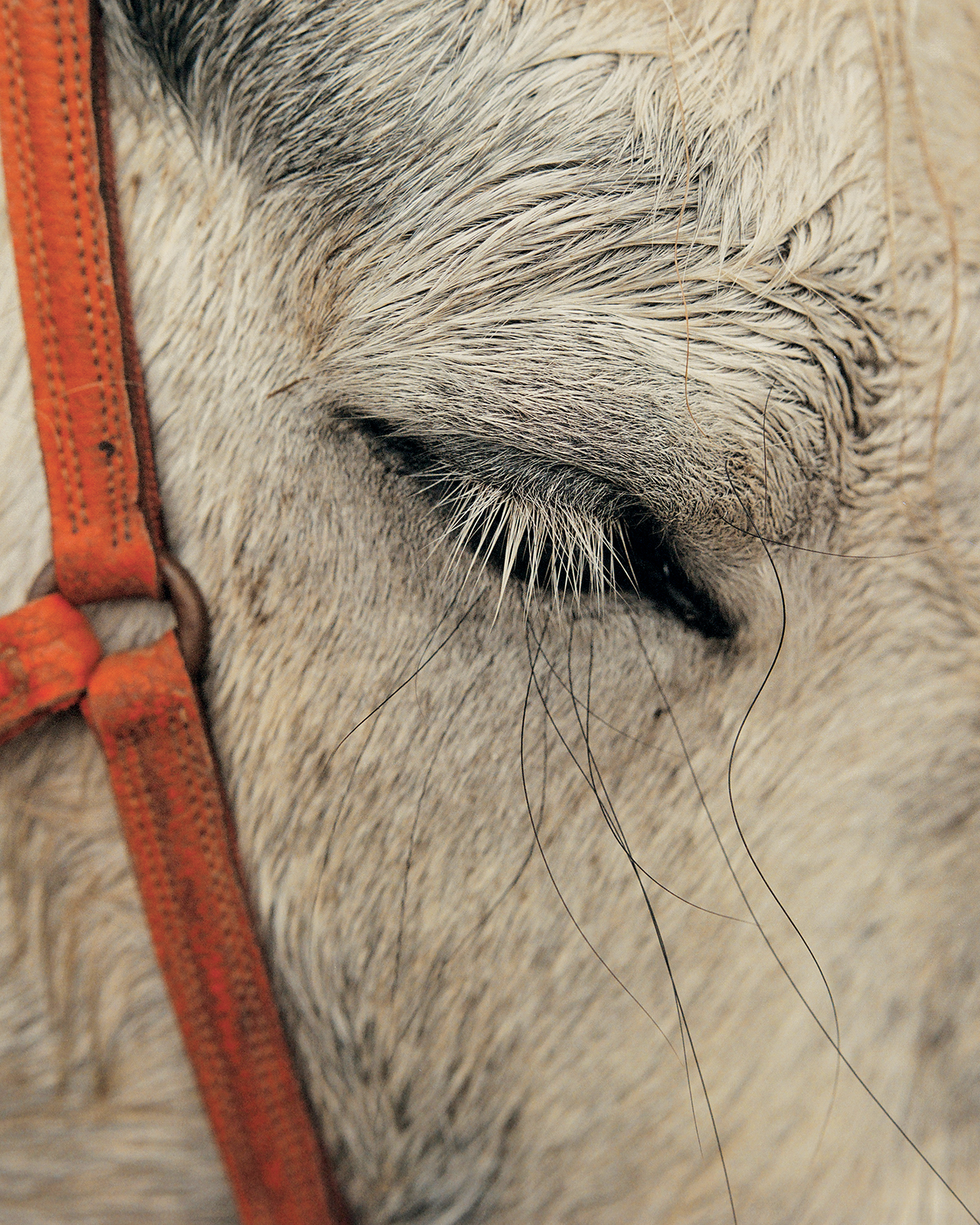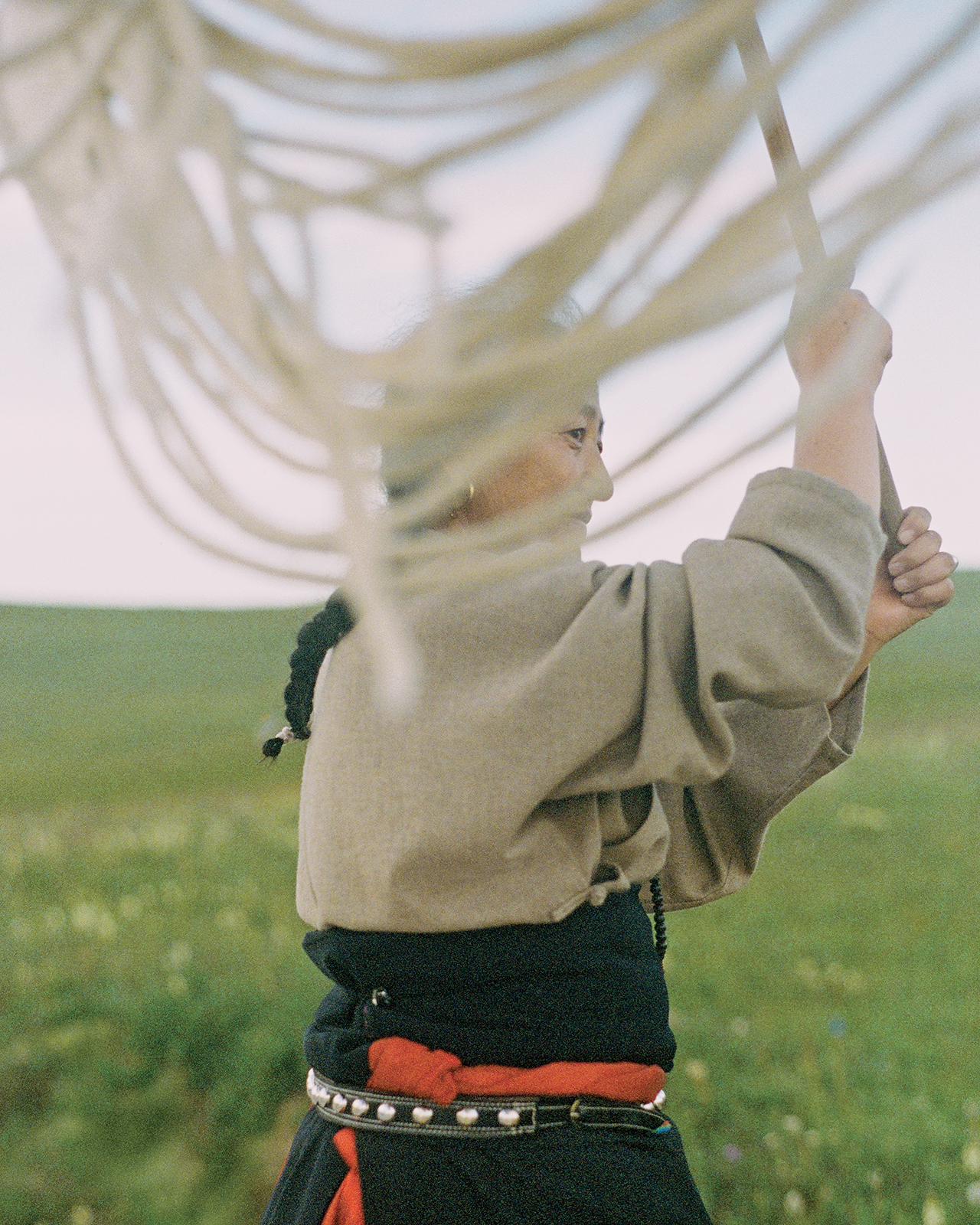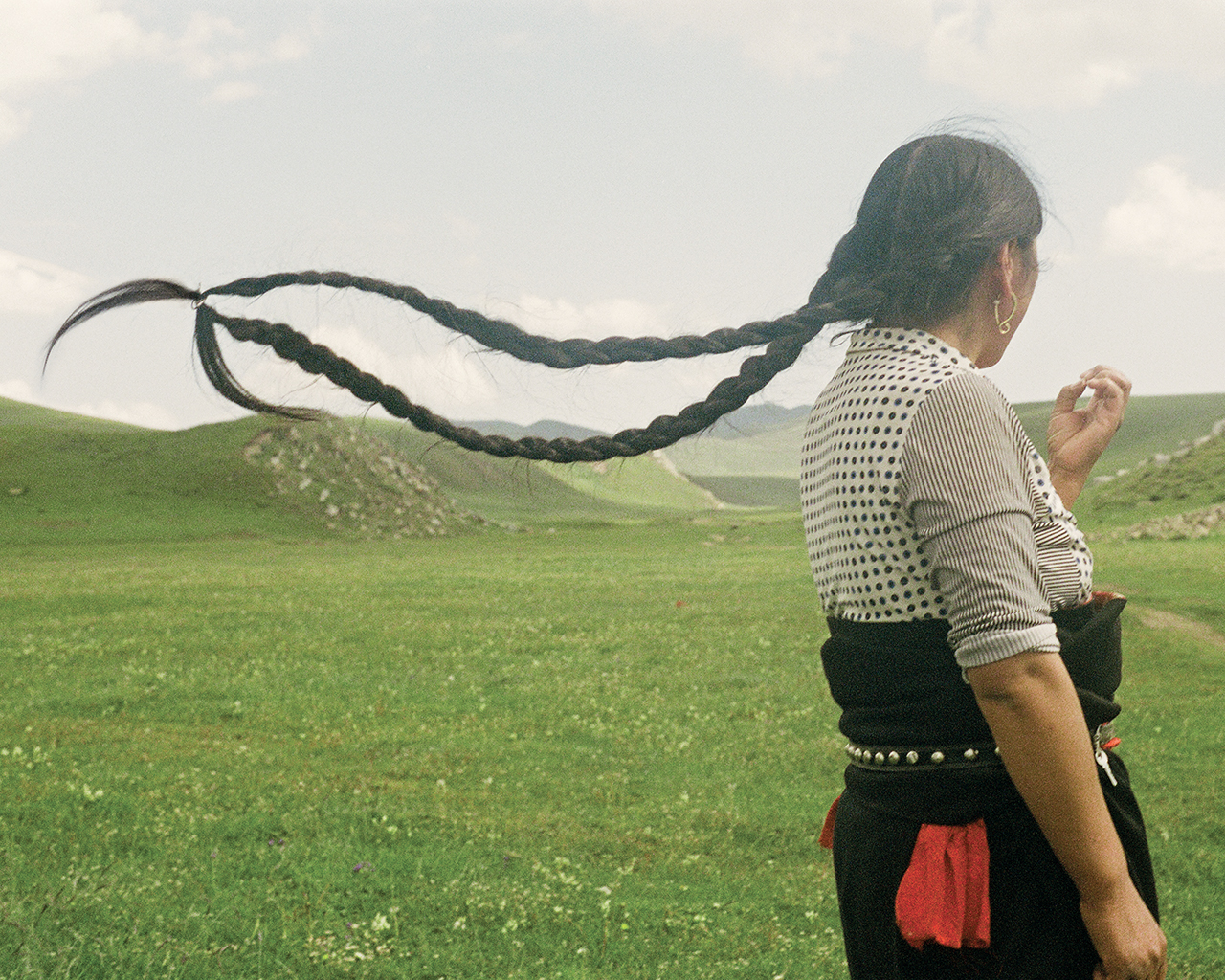
All images © Kin Coedel
This article is printed in the upcoming issue of British Journal of Photography: Money+Power. Sign up for an 1854 subscription to receive it at your door.
For centuries, the yak and the Tibetan people have shared an inseparable bond. Kin Coedel tells the story of a nomadic community who stayed true to their traditions when China’s rapidly growing economy threatened Tibet’s way of life
The yak is a majestic animal. Grazing on the plains of the Tibetan Plateau, this ox-like beast – with lungs three times the size of a domestic cow’s – is perfectly adapted to the region’s low temperatures and high altitude. Its regal horns protrude from a thick, shaggy coat, which hangs over a layer of soft fluff, protecting a muscular build that can survive on very little sustenance. Herds of yaks can number in the hundreds – and they are never alone. Look carefully and among them there will be a group of nomads, dutifully watching over the animals, following them through the mountains, tending to their needs. The lives of the yaks and the Tibetan people are inseparably interconnected; to them, they are sacred.
In recent years, this bond has taken on a new meaning. Yak yarn, also known as khullu, has been spun and woven by the nomadic communities for centuries. As soft as cashmere and warmer than merino wool, the thick, breathable fibre has become popular in the luxury fashion market. With some 90 per cent of all yaks in the world living on the Tibetan Plateau, designer taste for the yarn has unlocked an industry almost exclusive to the region. One village, Ritoma, in the Gansu district, thrives thanks to this. In 2007, Norlha Atelier, the first khullu studio, opened its doors in the village. At the time, the settlement was home to some 230 families, 6000 yaks and 20,000 sheep. Norlha wished to collaborate with the Tibetan community, honing its craft and adapting it so that it could function within a commercial framework, while still honouring the tradition. Today, over half of the people living in the village work for the fashion label, which in turn supports them and their requirements. It is here that Kin Coedel’s story begins.
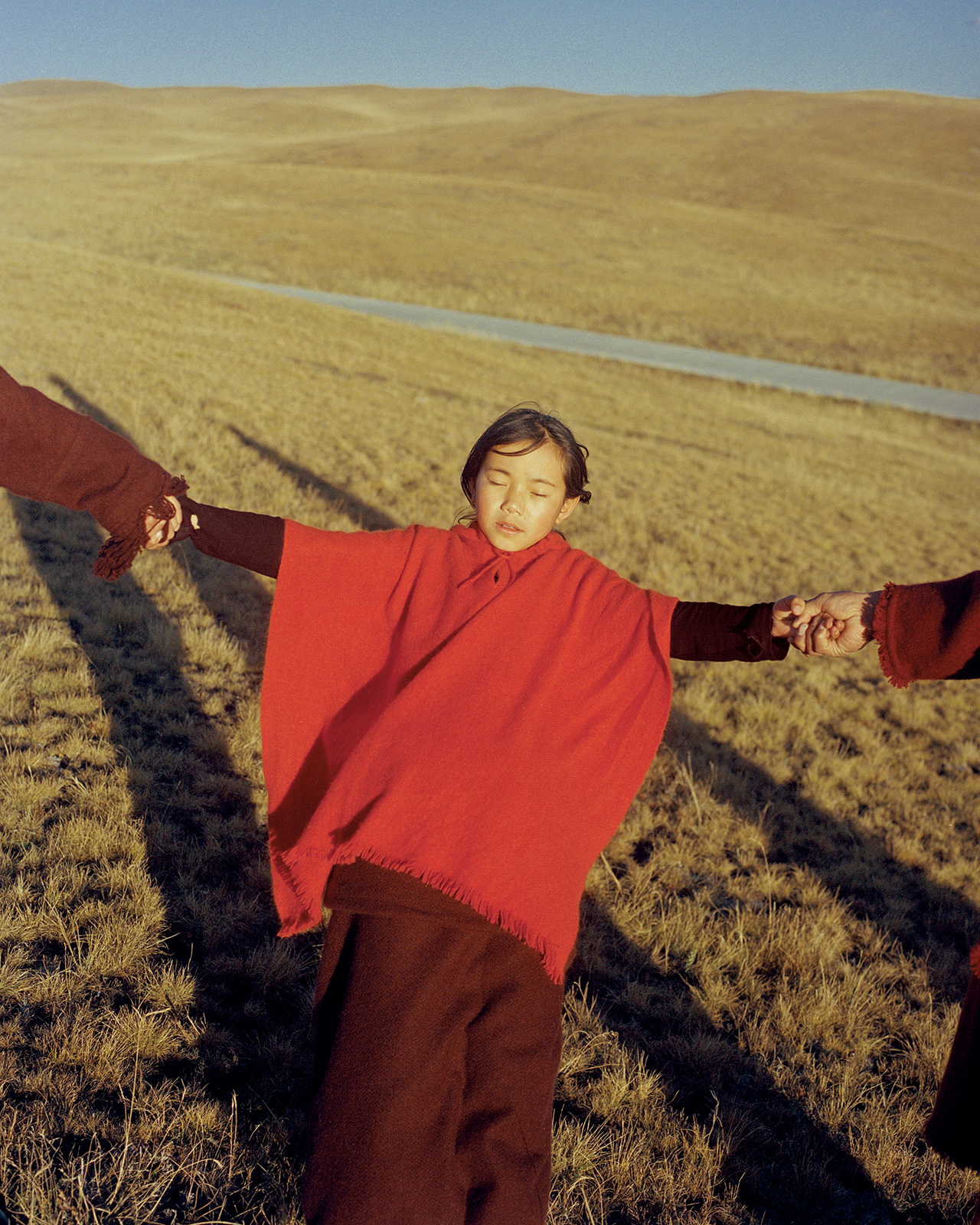
Kin Coedel is a Hong Kongese photographer based between Paris and Shanghai. He first travelled to Tibet in 2021 to connect with Norlha Atelier. With a background in womenswear and textile design, he was drawn to the label’s unique mission. He had a preconceived image of Tibet – the vast plains and striking landscapes, with a disproportionate focus on the Buddhist monks in their maroon and yellow robes – that he had experienced through travel photography and National Geographic spreads romanticised by the Western lens. But that was a simplistic vision of the country; the first sweep of the paintbrush. What he found upon his initial visit was much more profound: “I completely fell in love,” he says.
Coedel returned to Tibet a number of times after that first trip, travelling with fixers and interpreters to different parts in the Tibetan Autonomous Regions, gaining a meaningful understanding of the diverse tribes and customs. Some regions were led by faith, others by the natural rhythms of the land. Over time, he formed a special bond with the communities, particularly the one in Ritoma. “As an outsider, no matter how close you get to a community, there is always a narrative that you are looking at from a bit of an ethnographic point of view, instead of being part of it,” he says. “But this community really welcomed me, and let me live with them – I woke up with them, ate lunch and dinner with them every day. When I was in Ritoma, that was the most intimate time.”
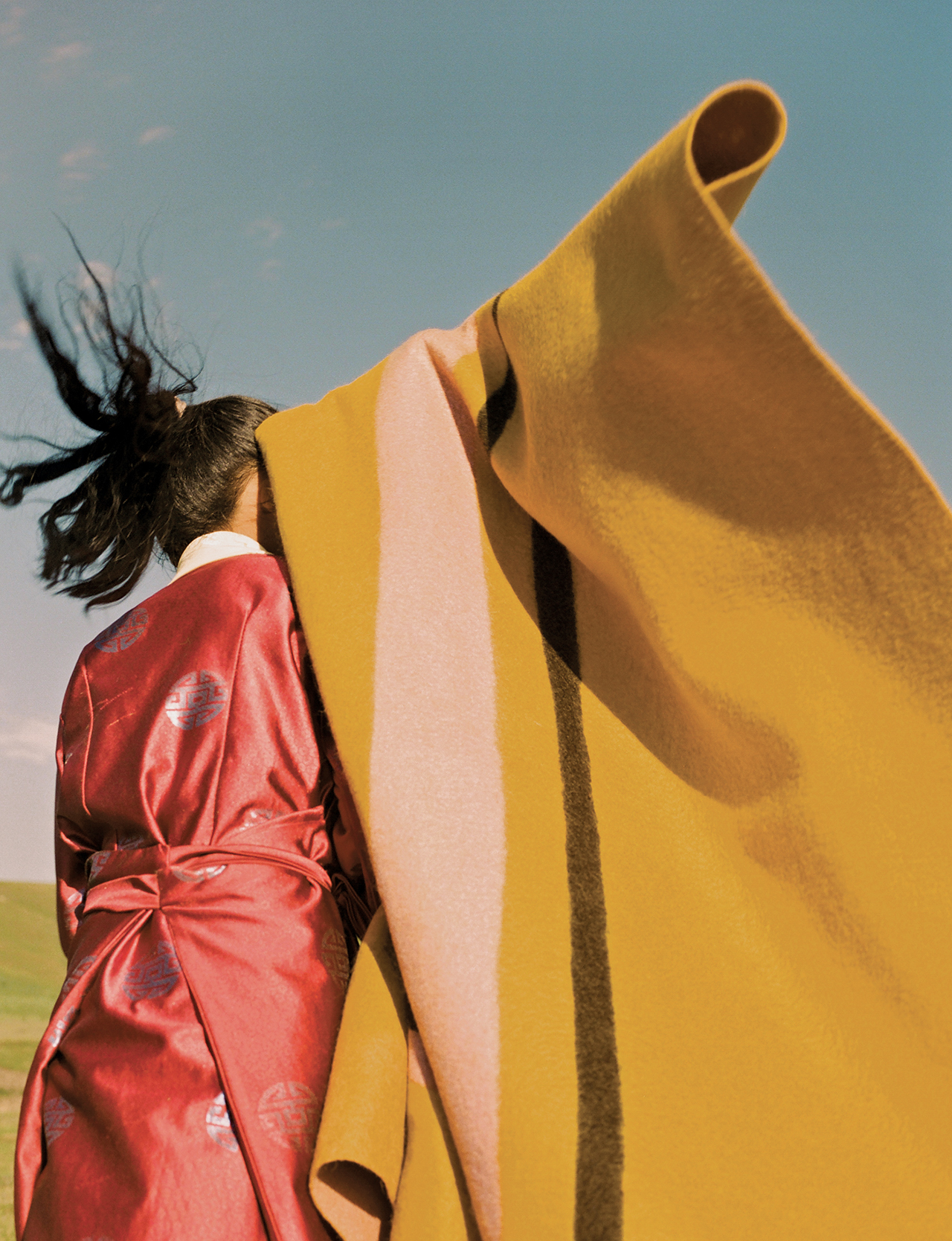
“This community really welcomed me – I woke up with them, ate lunch and dinner with them every day. When I was in Ritoma, that was the most intimate time”
The resulting images, collected in his series Dyal Thak, capture this intimacy. The work moves beyond documentary to a freer form of storytelling, teasing the viewer between the authentic and the staged. We witness the everyday lives of khullu workers, as well as farmers and herders, bathed in a soft glow. Three generations mingle, sharing duties and working together. Coedel’s regard for texture and composition plays out throughout; in the folds of yak fabrics reflecting the colours of the natural landscape; the delicate white eyelashes of a grey horse; the weathered, blushed skin of a woman’s face, contrasted with the dewy smoothness of a young child’s. There are landscapes too, but they are interspersed within the series as if they are part of a journey, the daily tread. The story that Coedel depicts is one of harmony and nurture. “Life on the farm is very mundane – in a good way,” he says.
The photographer’s regard for clothing and fabric, an echo of his former career in fashion, is noticeable. Either the people of Ritoma have impeccable style, or Coedel has had a hand in their styling. But, he says, this feeds into his play on fiction. Coedel admits that the project has sometimes been perceived to be a commercial shoot for Norlha Atelier, but stresses that this is not the case. Rather, he uses the clothes as a springboard for framing the life of the community. Ultimately, these garments are the key to their future.
Again the grain
Following the Cultural Revolution from 1966 to 1976, China imposed a number of economic reforms and policies that led to the ‘Chinese economic miracle’. Within years, a country crippled by poor economic decisions from its government, famine and violent unrest, experienced healthy growth. For the first time, the Chinese Communist Party allowed foreign investment and private entrepreneurship, among other policies, boosting its GDP. Today, China’s economy is the second-largest in the world behind the USA.
Though internationally recognised as part of China, Tibet strives for autonomy. Nevertheless, China’s burgeoning economy poses a challenge to the Tibetan people, who live peacefully and sustainably in sweet isolation on ‘the roof of the world’. For many years, they survived by trading with the Chinese, but their slow- paced agricultural customs are no match for the boom in mass production. At the same time, China’s opening up to the rest of the world created a market for unique crafts and goods, just like yak khullu. While an attempt at meaningful competition in overall production would be in vain, the Tibetans have found a different way to bridge the gap between them and the modern world.
Rather than a documentary project about the Ritoma community and daily life in the mountainous plains, Dyal Thak is a story of resilience. The Tibetan people stay true to their generational traditions, trusting their measured, hand-crafted process. In the face of fast-moving modernity and a market-led economy, their deep connection to the yak is seeing them through a new chapter in their story.
kinbykin.com
The post Kin Coedel’s ode to Tibet’s yak-yarn craft artists appeared first on 1854 Photography.


